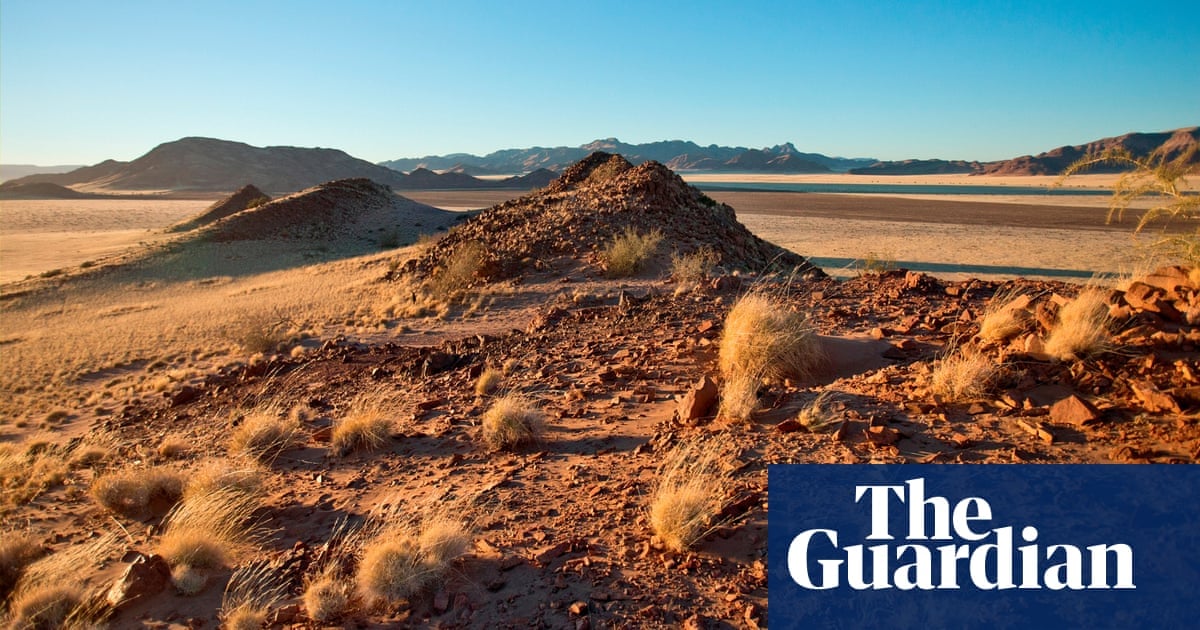Summary
Drylands now cover 40% of Earth’s land (excluding Antarctica), with an area larger than India turning arid over three decades, a UN study reveals.
This trend, driven by climate change and exacerbated by poor farming practices, poses significant risks to global food security and water resources, particularly in Africa and Asia.
By 2100, up to 60% of the global population may live in drylands.
Experts urge action, including cutting emissions, sustainable farming, and reforestation, warning of severe impacts on food security, poverty, and forced migration.



Antarctica doesn’t really count as land. Except the coast, the actual land is inaccessible, it’s all covered in ice.
For now, anyway. Its melting is accelerating.
You’re more correct than you know: even when it does all melt, what seems now to be a single continent is actually going to be more like a big archipelago:
(Not sure if isostatic rebound will eventually bring it all above sea level or not.)
I mean, yes, there’s land there, but it’s less than people think.
But they could count the land area of Antarctica in the calculation. There’s no need to count the varying ice area.